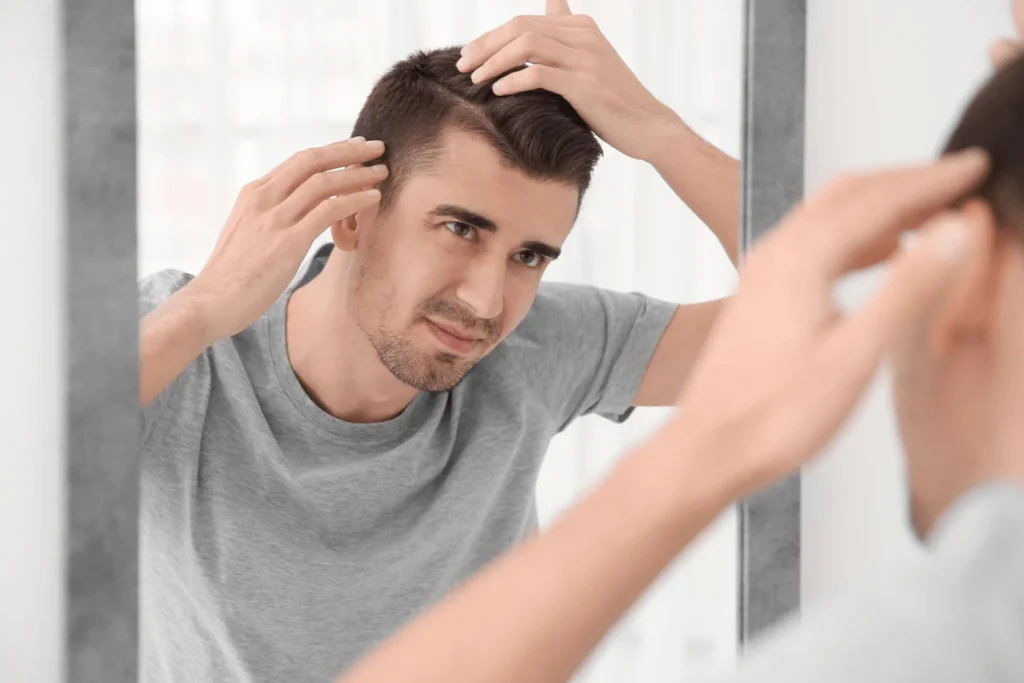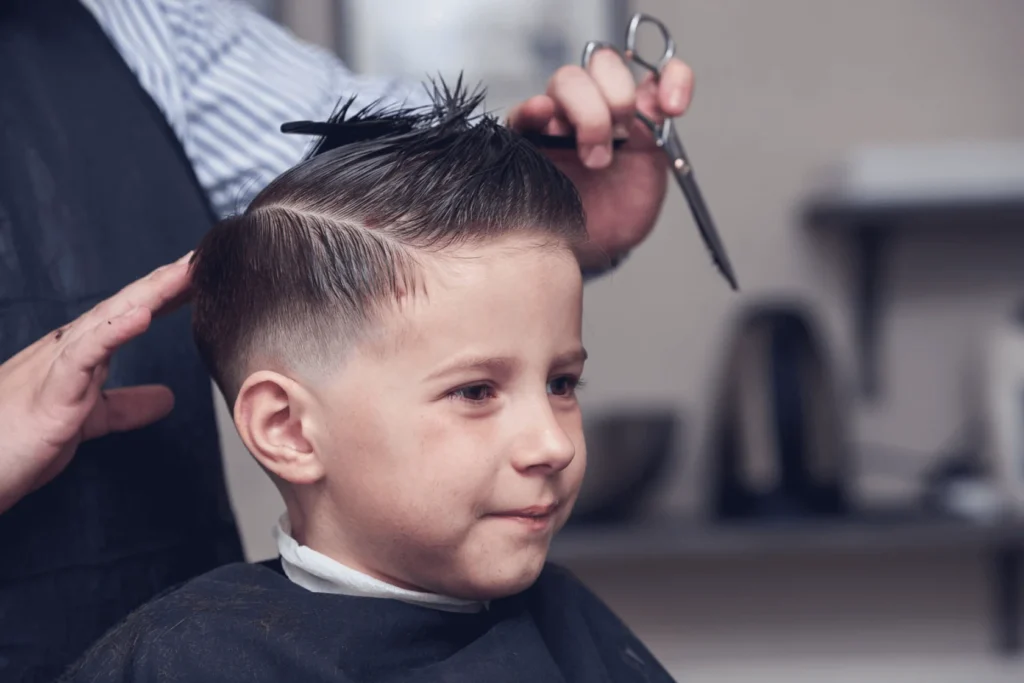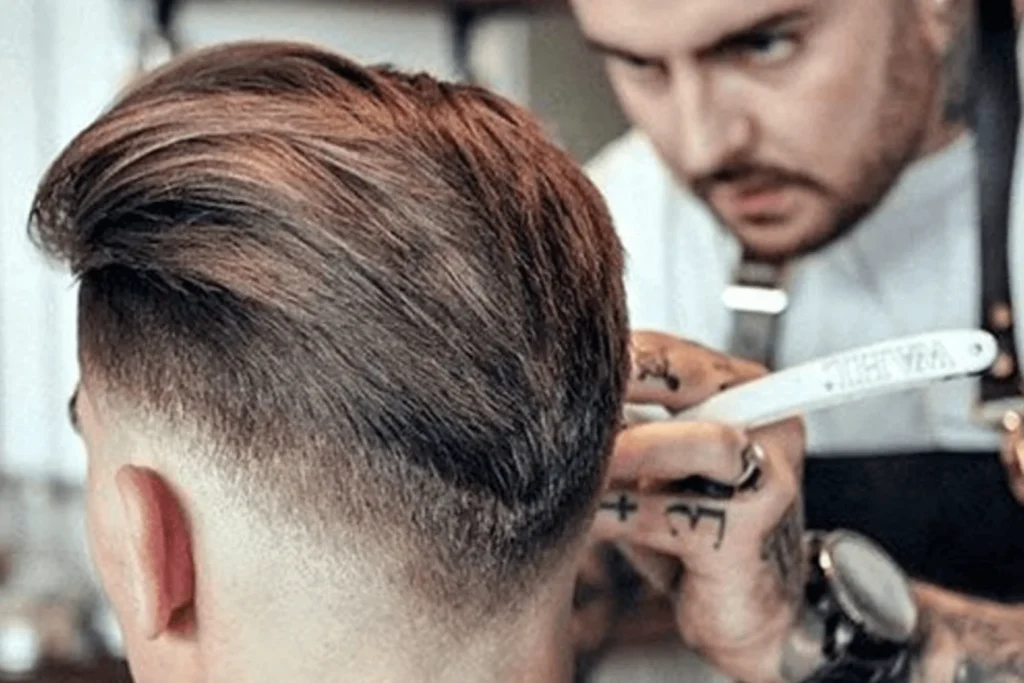Trimming Troubles? Top Tips for Keeping Your Hair Neat Between Salon Visits
Have you ever tried to trim your hair yourself? Staring in the mirror, trying to see if both sides match. Well, you’re not alone. Everybody tries to trim their own hair. Some do it to save money. Others do it to save time. And then some consider themselves to be somewhat of a hairstylist. Whatever the reason, you have to make sure you do a good job. Otherwise, you might find yourself the center of attraction for all the wrong reasons. There are a lot of YouTube tutorials, Facebook and TikTok videos that tell you what to do, but should you trust them?
Here we give you the top tips to keep your hair neat.
Understanding Hair Growth & Maintenance
You might not think of hair growth as an intricate and captivating process, but it is. It’s not just about how you look but also what image you give the world. Your hair can talk about your personal preference, culture, and so much more. Similarly, hair maintenance is a science and an art. There are various ways to do it, but not all suit you. You have to find the right hair maintenance methods that work for you.
Hair Growth Cycles
Hair doesn’t grow continuously but in cycles. The four main phases are:
- Anagen (Growth Phase): This is the phase where hair actively grows, lasting between 2 to 7 years. This phase determines the length of our hair; the longer this phase, the longer the hair can grow.
- Catagen (Transitional Phase): Lasting about 2-3 weeks, this phase signals the end of the active growth of a hair strand.
- Telogen (Resting Phase): This phase lasts about 3 months. Post this, and the hair strand might fall out, making way for a new one.
- Exogen: This is the phase where hair strands emerge from the follicle and fall out. Then the cycle is repeated.
Factors Affecting Hair Growth
A lot of factors affect our hair growth. Some of them are:
- Genetics: Our genes play a significant role in determining hair texture, color, and growth rate. If your family has a history of early graying or balding, you might notice similar patterns.
- Diet: Nutrients like protein, iron, vitamins A and C, and omega-3 fatty acids are crucial for healthy hair. A balanced diet can promote hair strength and vitality.
- Overall Health: Conditions like hormonal imbalances, stress, or illnesses can affect hair growth. Medications for certain conditions can also lead to hair thinning or loss.
Regular Maintenance and Hair Health
Understanding hair growth means recognizing the importance of maintenance. Regular trims at Park Slope haircut and trimming shop don’t necessarily make your hair grow faster, but they help eliminate split ends and breakage, ensuring your locks look healthier and well-kept.
Trimming and Hair Growth
While trimming doesn’t affect the growth at the follicular level, it does play a role in hair’s appearance. Cutting off split ends reduces the chances of hair breakage, giving the impression of fuller, longer hair over time.
In essence, our hair tells a story, a tale of our genetics, our diet, and our daily routines. By understanding the science of hair growth and maintenance, we’re better equipped to take proactive steps in its care, ensuring that it remains a crowning glory for years to come.
Essential Tools for At-Home Hair Maintenance
To stay on top of your hair game, you need the right tools:
- Scissors or Shears: Invest in a good pair; it makes all the difference.
- Hairbrushes and Combs: Find what works for your hair type. A wide-tooth comb, for instance, works wonders for curly hair.
- Supporting Tools: Handy mirrors, hair clips, and even a water spray bottle can be a game-changer.
Tips for Different Hair Types
Each hair type has its quirks, and understanding them is half the battle:
- Straight Hair: Regularly check for split ends. These are more visible in straight hair. A light oil or serum can keep the sheen.
- Wavy Hair: Embrace the volume. Use a light leave-in conditioner to manage frizz and keep those waves looking fresh.
- Curly Hair: Knots can be a hassle. Regularly detangle and use curl-defining creams to make those curls pop.
- Coily Hair: Moisture is your best friend. Indulge in deep conditioning masks and avoid tight hairstyles that might lead to breakage.
Step-by-Step Guide to Trimming Your Hair at Home
If you’re brave enough to try a home trim, here’s a simple guide:
- Positioning: Hold your scissors pointing upwards, not straight across.
- Sectioning: Divide the hair into manageable sections using clips.
- Technique: Trim in small snips and check the length from multiple angles.
- Finishing: Always double-check for uneven areas. A little touch-up can save the day.
Caring for Your Hair Post-Trim
After a trim, treat your hair to some TLC:
- Seal the Ends: A light hair serum or oil can seal those freshly cut ends.
- Prevention: Using silk pillowcases and minimizing heat treatments can help prevent split ends.
- Hydration: Remember, hydrated hair is happy hair. Regular conditioning is a must.
Hair Styling Tips for a Polished Look
Sometimes, a little styling can cover up minor trim errors:
- Quick Fixes: Braids, buns, or a high ponytail can be stylish and convenient.
- Products: Non-greasy hair gels or mousses can hold styles in place.
- DIY Masks: Occasionally, treat your hair to homemade masks using ingredients like honey, yogurt, or eggs.
Master Class Barber NYC: Your Premium Hairstylist in NYC
Want a break from home trims and visit the best park slope barber shop? Master Class Barber NYC is where skill meets style. Enjoy the indulgence of expert hands shaping your hair to perfection. The next time you crave that impeccable salon finish, you know where to go!
Conclusion
Haircare is a journey, not a destination. While salon visits offer that polished look, maintaining hair health in-between is equally crucial. Every day can be a good hair day with the right tools, techniques, and care! Use the tips and information above to make your trim work for you.



